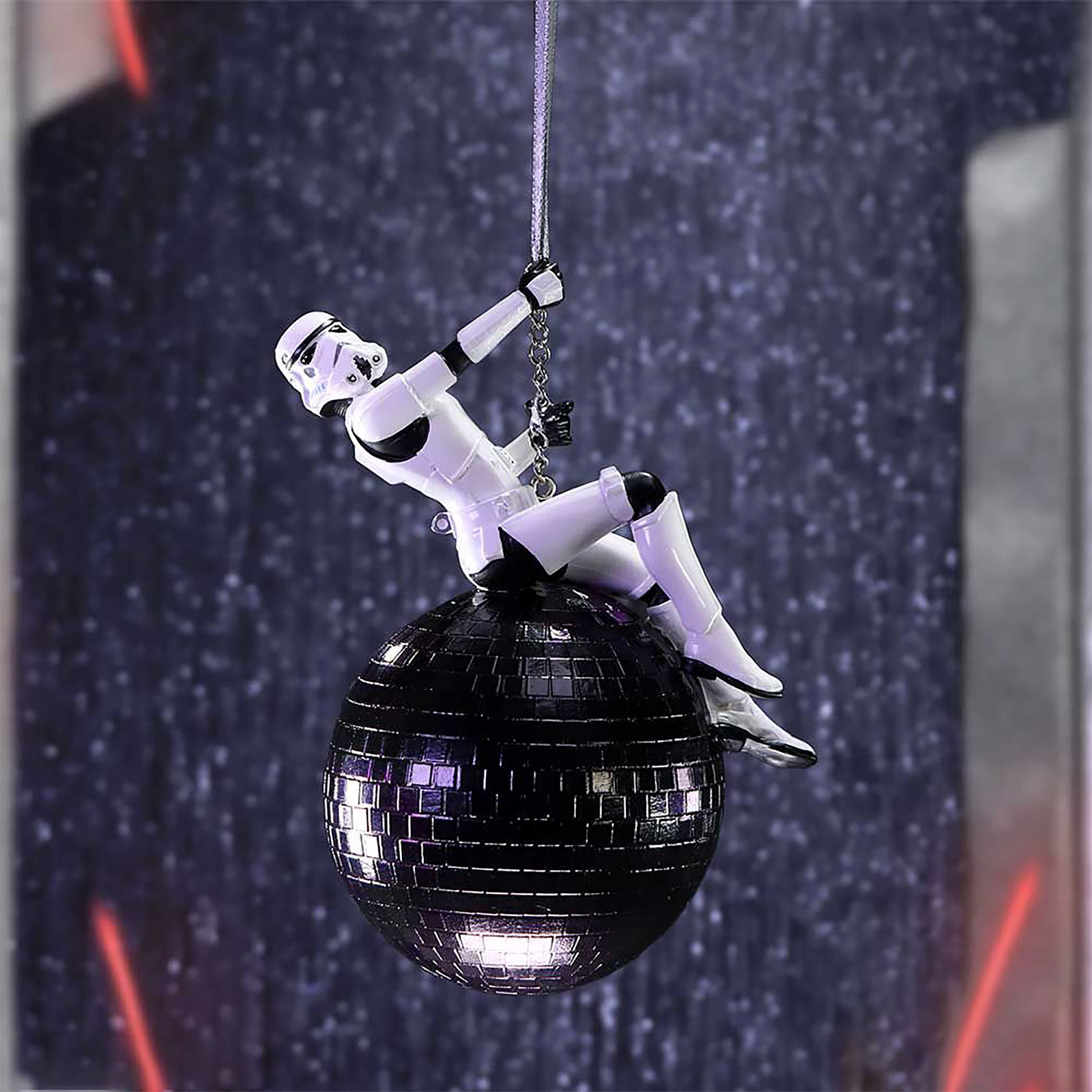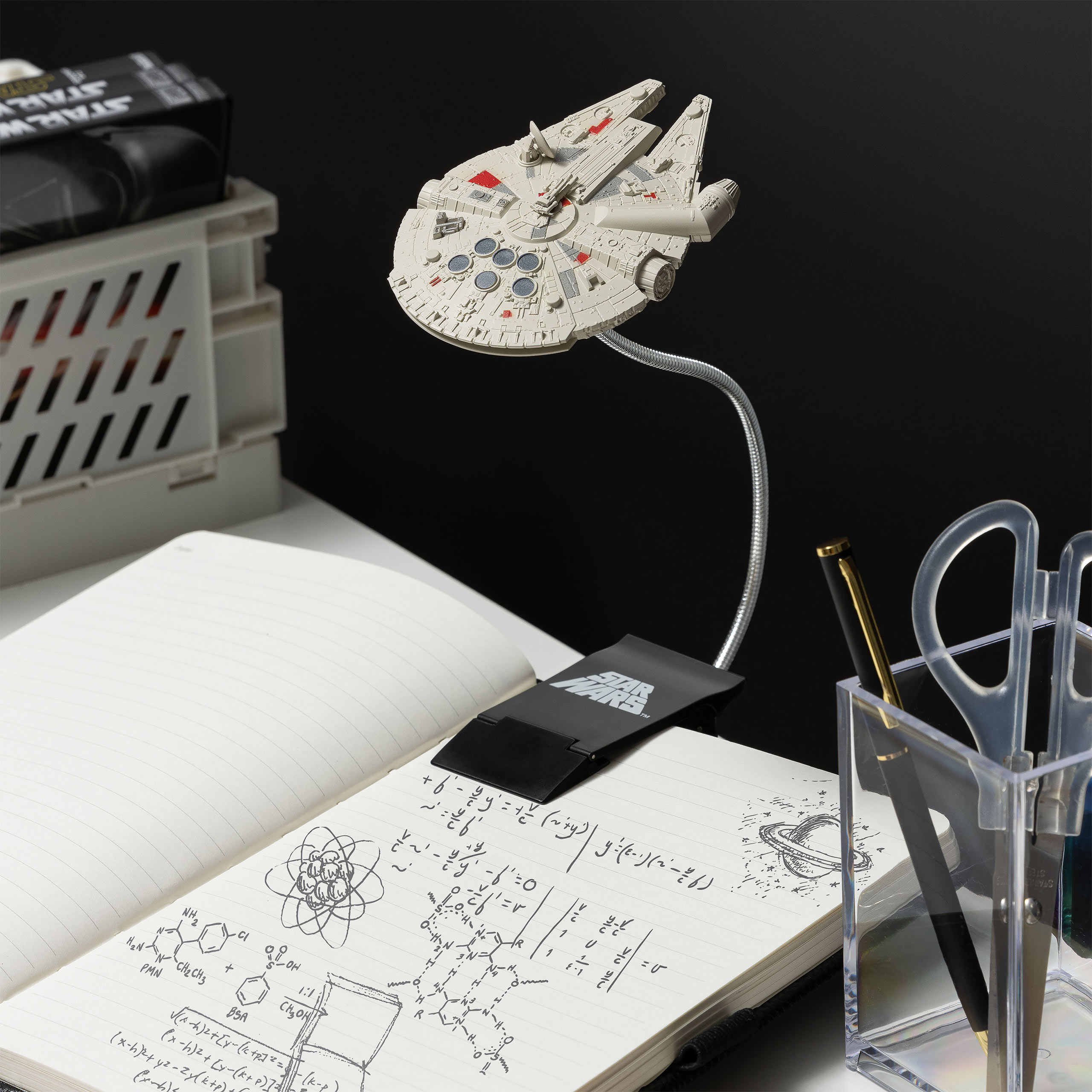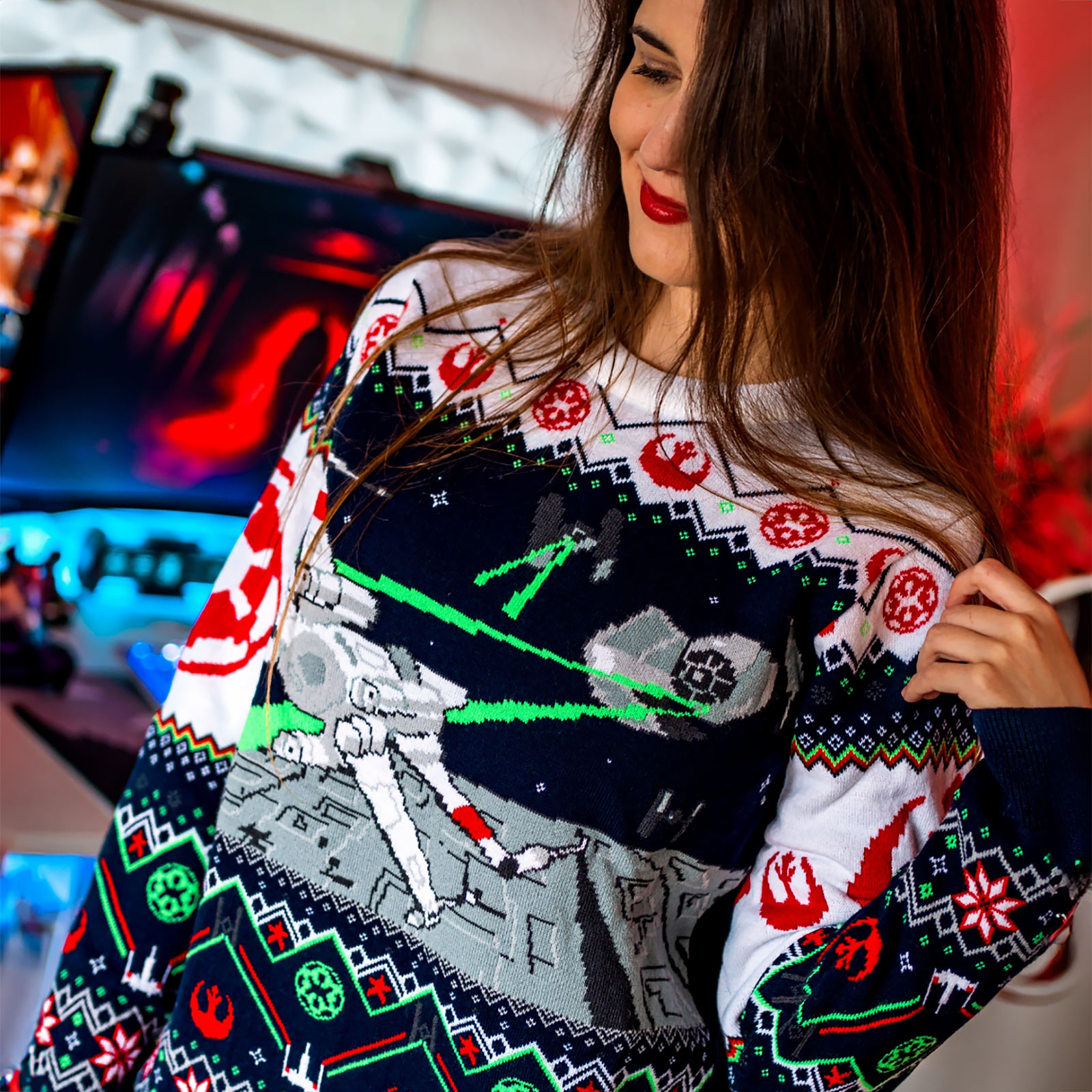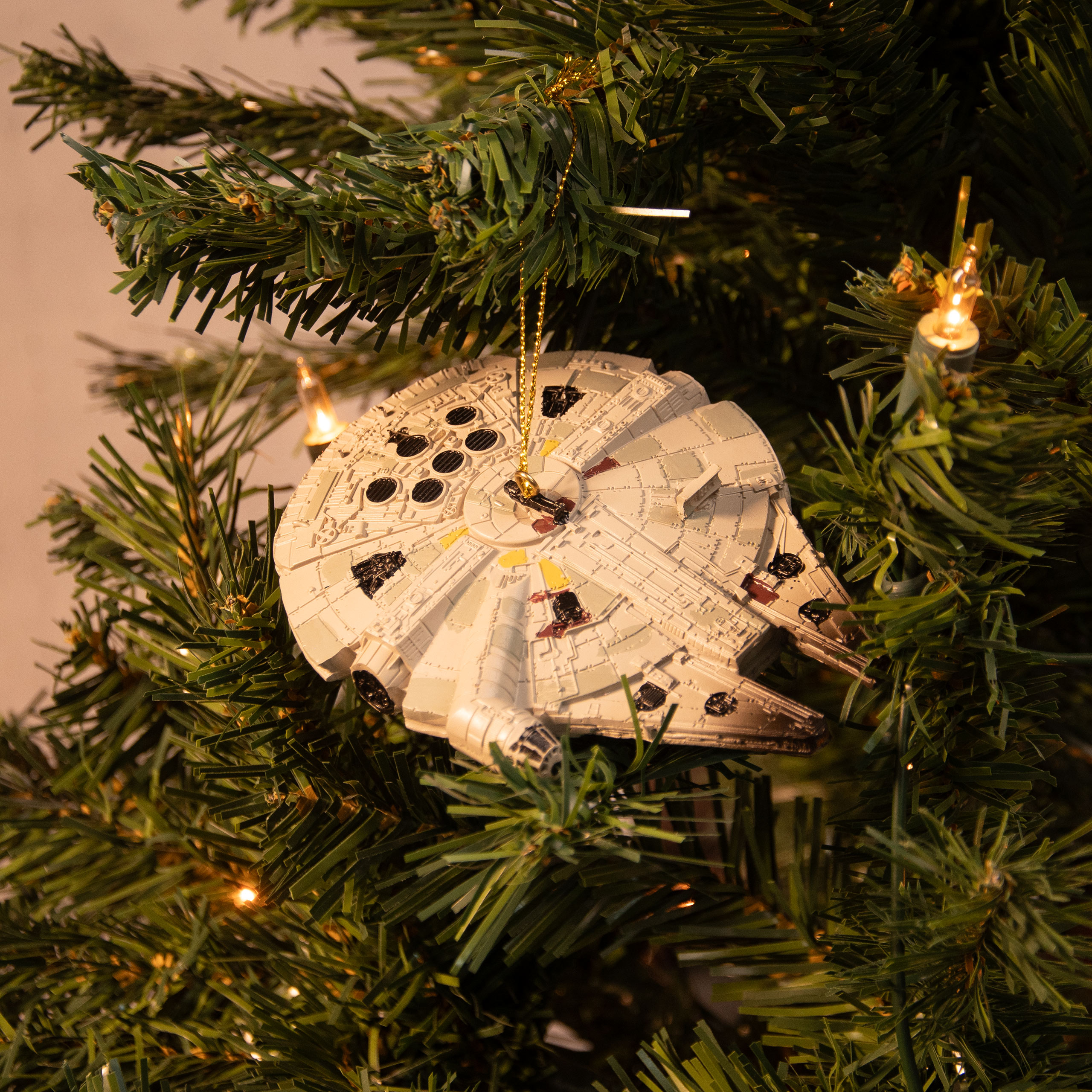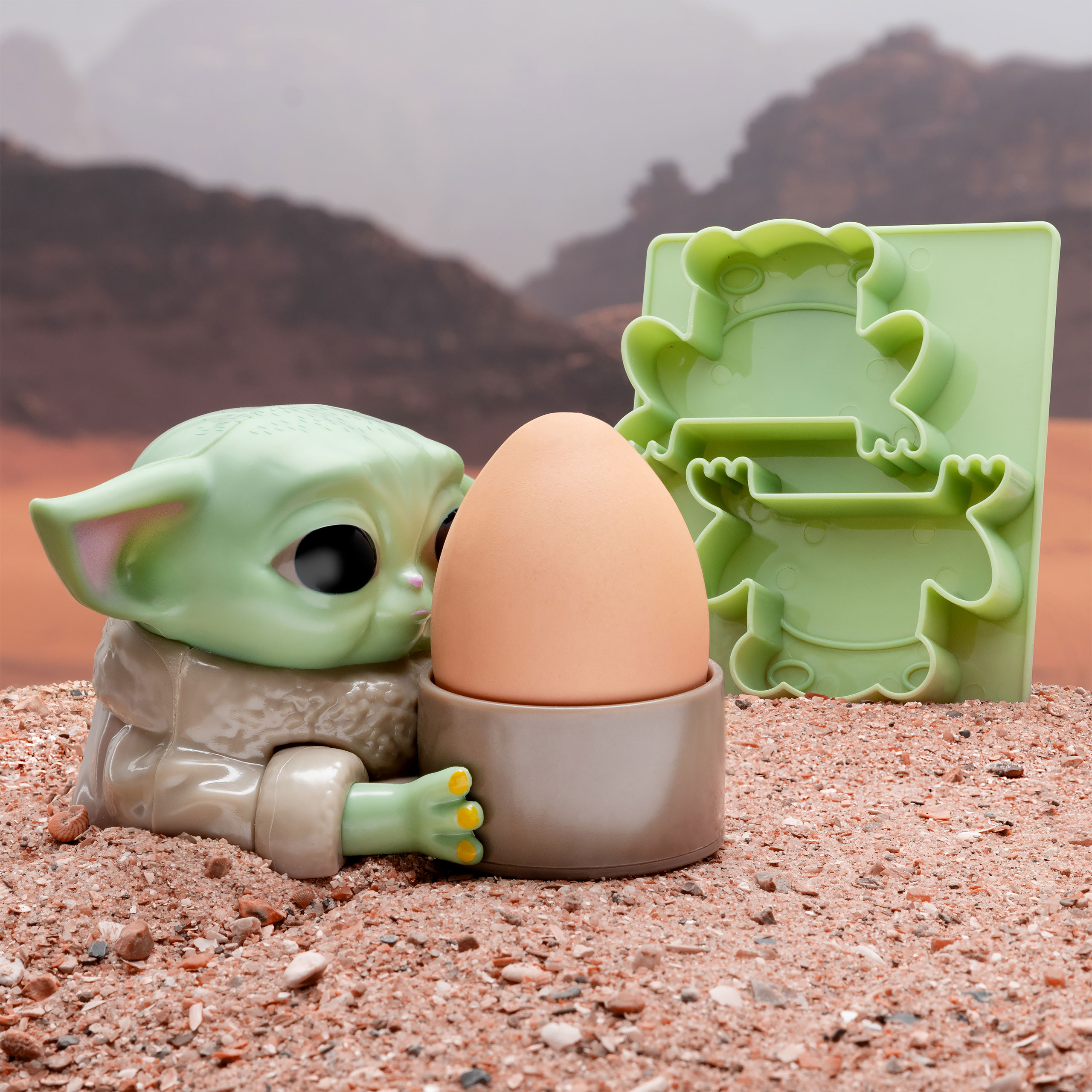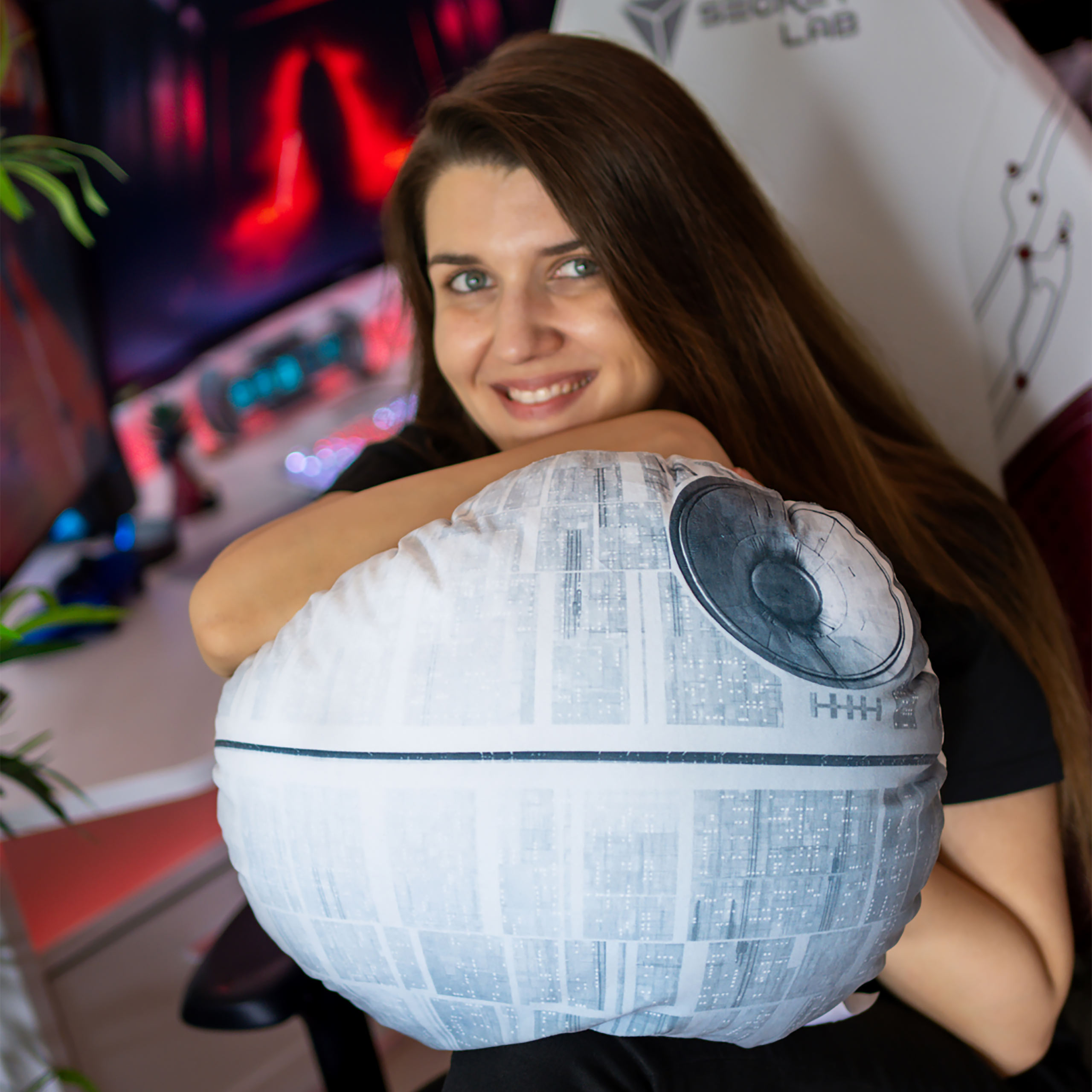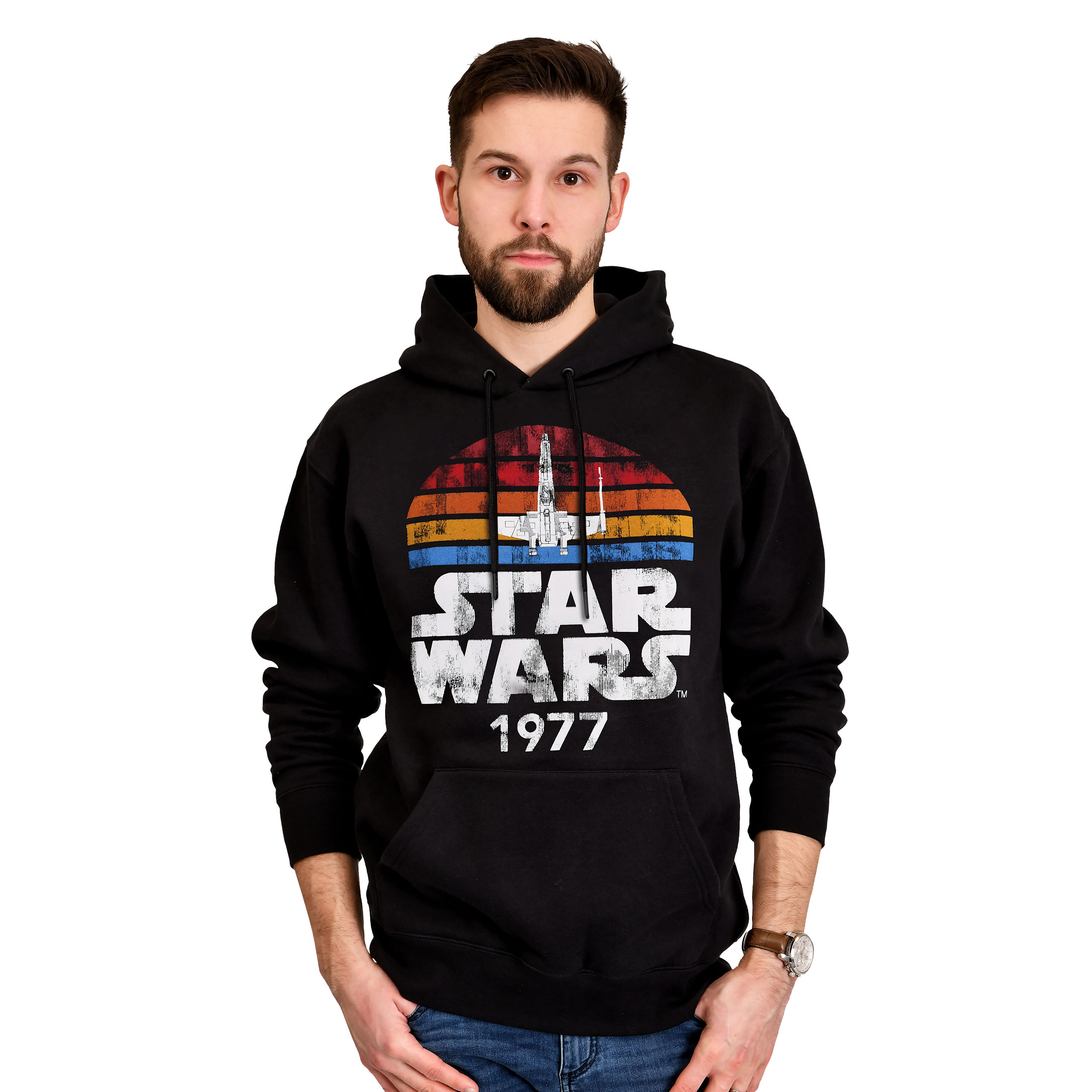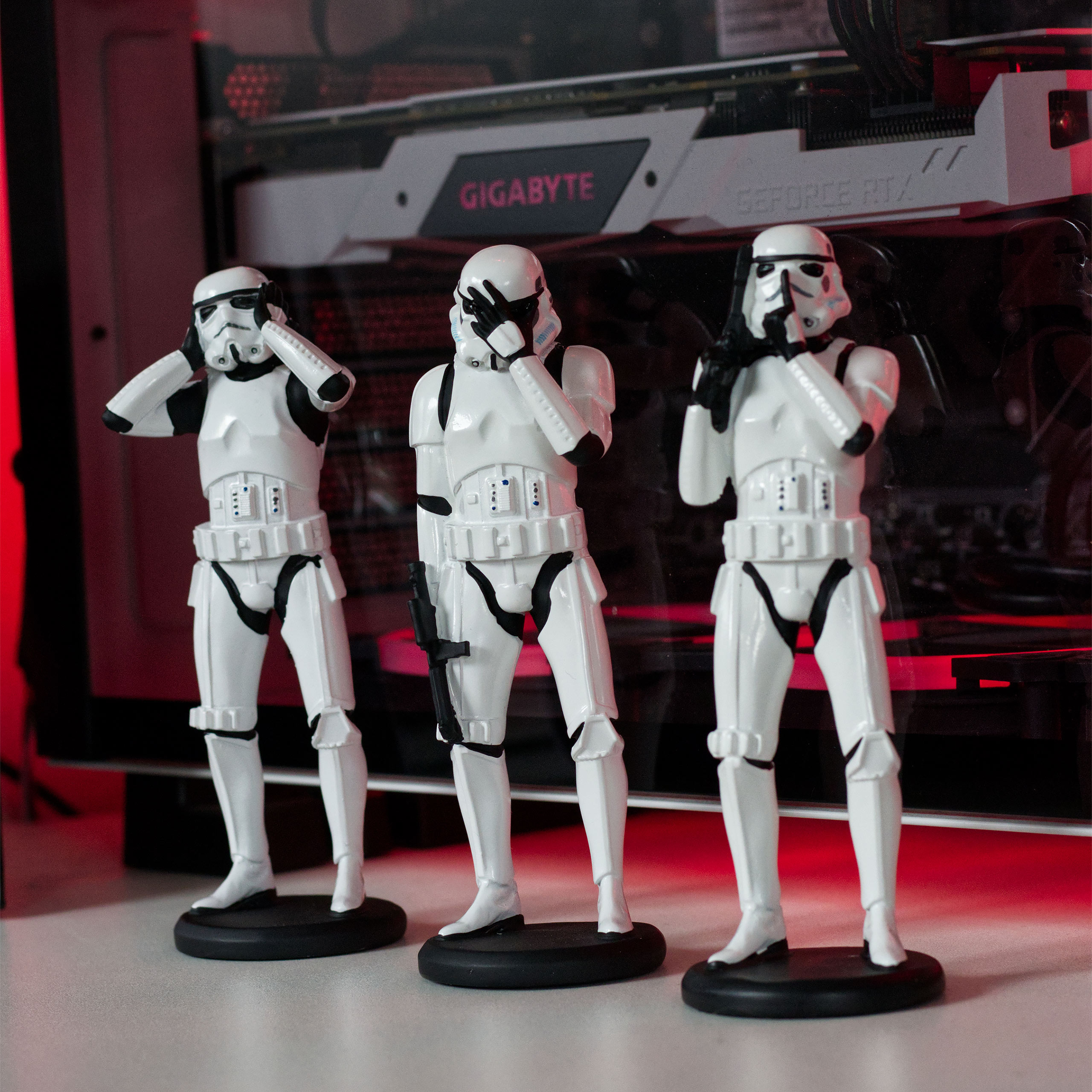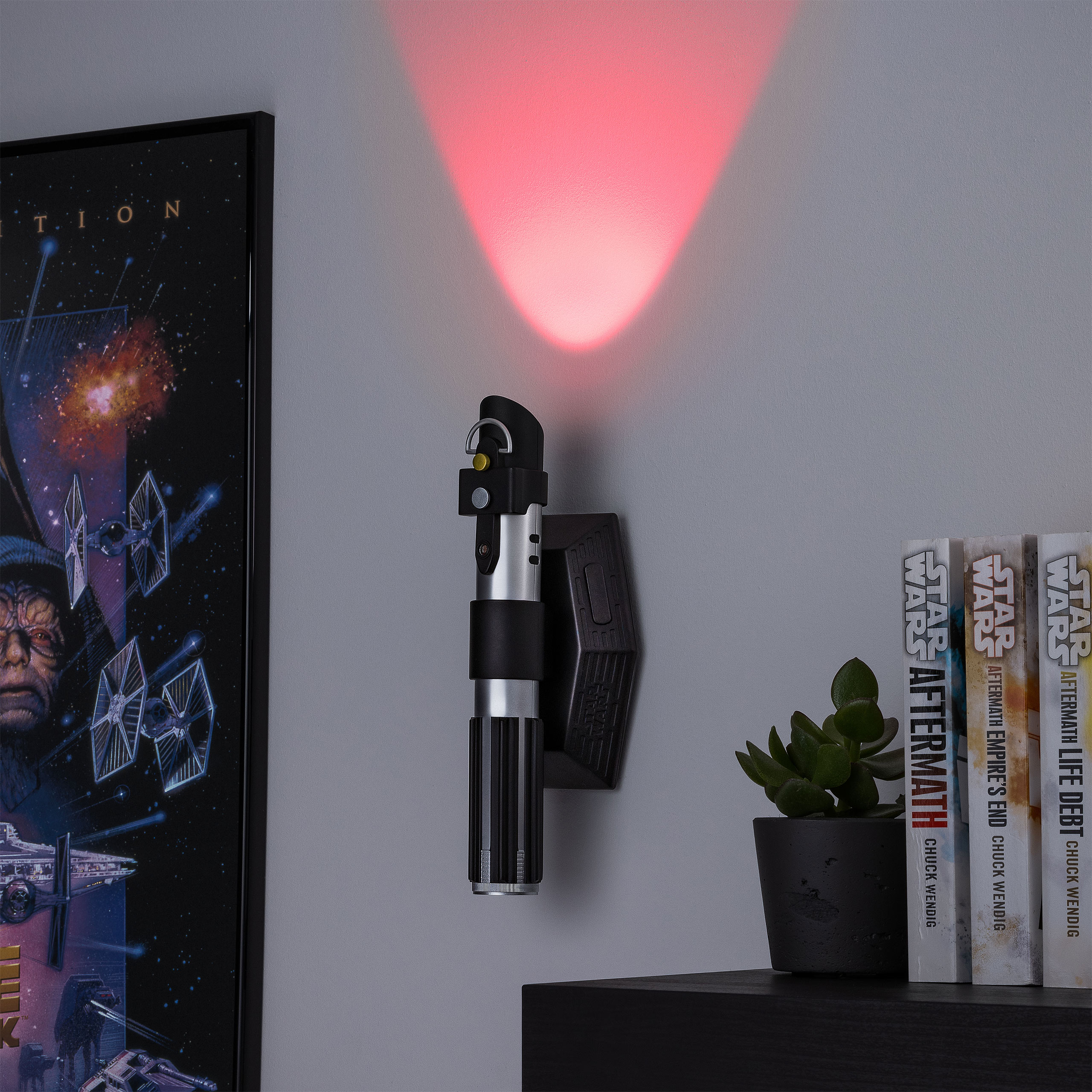Star Wars
You think your lack of intergalactic merch is deplorable? Then this is the site you're looking for! Our Star Wars shop is full of amazing Star Wars merch – from figures to t-shirts and lightsabers.
-
All brands
-
Star Wars
- T-shirts
- Display articles
- Hobby books
- Ties
- Earrings
- Bookends
- Tops
- cups
- Necklaces
- Jackets
- To go mug
- purses
- Funko figures
- Cosmetics
- Baseball caps
- puzzle
- Novels
- Board games
- Cereal bowls
- Replicas
- Cutting boards
- Cosmetic bags
- Key chain
- Bath towels
- Lamps
- Pajamas
- Costumes
- Shoulder bags
- Headdress
- Sweatshirts
- Decorative swords
- Hats
- Stationery
- Cover
- Bathrobes
- Slippers
- Scarves
- Wristwatches
- Socks
- Accessories
- characters
- Murals
- Cookbooks
- Action figures
- Sweets & drinks
- Knitwear
- Plate
- pillow
- Umbrellas
- Bed linen
- Sweatpants
- poster
- Trading cards
- Hoodies
- Cans
- Card games
- Shirts
- Glasses
- Money boxes
- Christmas
- Alarm clocks & wall clocks
- Swimwear
- Foot mats
- Plush figures
- Animal
- Mousepads
- Pins
- Rucksacks
- reference books
- bag
-
Star Wars
All the things you never wanted to know about Yoda
Yoda is not just one of the most powerful Star Wars characters, he is also one of the most bizarre. And no, we don't mean his strange grammar or humour. We're talking about his unpredictable feet! In The Phantom Menace and Attack of the Clones, Yoda has three toes, but in Revenge of the Sith, The Empire Strikes Back and Return of the Jedi, he has four! Some action figures even have five toes. (Certain fans have speculated that his species develops an extra toe for more stability as part of the ageing process).
How Dykstraflex helped Star Wars and ILM hit the big time
Let's start with the obvious question: what the hell is a Dykstraflex? It's quite simple: the Dykstraflex is a computer-assisted camera system that enables exact movement sequences, which can be repeated as often as desired. Why is this important? Because George Lucas could never have created his epic space battles for Star Wars without this kind of camera system. But let's start from the beginning: what George Lucas wished for in Star Wars: Episode IV – A New Hope were action-packed space battles. His project was inspired by war documentaries, which he edited together long before filming began to explain his vision. To create the desired dynamics, however, as well as moving the spaceships, the camera would need to move. And this was difficult to achieve with the technology of the time.
It was easy to have two spaceships fight each other, even in the mid-1970s. All you need are two models, for example an X-Wing and a TIE Fighter, and maybe the Death Star or a planet as a background with which to create your image. The individual elements are then filmed separately, and the different layers subsequently merged to create a single image. This process requires each individual layer to be perfectly superimposed. In other words, the camera must not move a millimetre. Or in the case of Star Wars: the camera movements for the different shots must not differ from each other by even the tiniest amount.
The same problem faced Stanley Kubrick when filming his sci-fi milestone 2001: A Space Odyssey. The pioneering filmmaker solved this issue by using a highly complex and huge mechanical camera system that executed the same movements over and over again, which could then be repeated to create different parts of the image. However, this process was as laborious as it was error-prone, plus it required months of manual labour.
John Dykstra, who is responsible for the visual effects in Star Wars, had technical progress on his side. Along with his crew, he developed his own motion-control camera system that was controlled very precisely by a computer processor — long before there were affordable and sufficiently powerful computers. The Dykstraflex system named after him could move along seven axes while also controlling the camera focus and exposure. This finally made it possible to film the elaborate X-Wing, Millennium Falcon, Star Destroyer models from exactly the same position with exactly the same movements — and as many times as George Lucas wanted.
Thanks to the Dykstraflex system, Star Wars became a pop culture phenomenon not just for its story and characters, but especially for its special effects and space battles. But the system was also a blessing in other respects: the technique won an Oscar for best visual effects, and the Dykstraflex was a symbol of the innovative capabilities of George Lucas' special effects company ILM (Industrial Light and Magic), which subsequently received orders for a number of clients.
The motion control camera system continued to be used for thirty years before Lucasfilm, like all studios today, switched completely to digital technology. Having said that ... the concept works just as well today as it did then, as demonstrated by Jon Favreau with the series The Mandalorian. For his Disney+ hit, he drew inspiration from many old techniques, including, for example, the use of detailed spaceship models. In a logical decision, these were then filmed with a modern (and much more compact) version of the Dykstraflex system.
